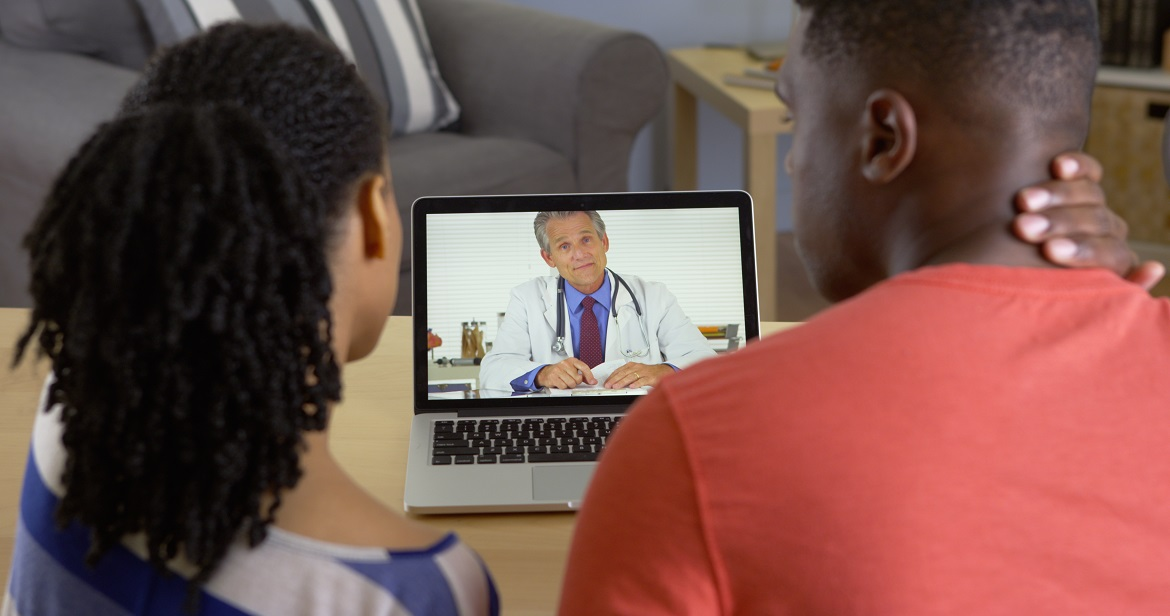
Africa, with its vast and diverse population, faces significant challenges in accessing quality healthcare services. The continent’s healthcare systems are often plagued by inadequate infrastructure, shortage of medical professionals, and limited resources. However, the advent of telemedicine platforms has transformed the healthcare landscape in Africa, providing unprecedented access to medical care.
What is Telemedicine?
Telemedicine, also known as e-health or m-health, is the use of digital technologies to deliver medical care remotely. It enables patients to consult with healthcare professionals through digital platforms, such as video conferencing, mobile apps, or messaging services.
The State of Telemedicine in Africa
Africa has witnessed a significant surge in telemedicine adoption in recent years. According to a report by ResearchAndMarkets, the African telemedicine market is projected to grow at a compound annual growth rate (CAGR) of 22.1% from 2020 to 2027.
Several factors have contributed to the growth of telemedicine in Africa, including:
- Improved internet penetration: Africa has experienced rapid growth in internet penetration, with over 450 million internet users as of 2022.
- Increased mobile phone adoption: Mobile phone adoption has increased significantly in Africa, with over 800 million mobile phone subscribers as of 2022.
- Government support: Many African governments have launched initiatives to promote the adoption of telemedicine, recognizing its potential to improve healthcare access.
- Private sector investment: Private companies have invested heavily in telemedicine platforms, providing innovative solutions to address Africa’s healthcare challenges.
Telemedicine Platforms in Africa
Several telemedicine platforms have emerged in Africa, offering a range of services, including:
- Video consultations: Platforms like Medici, HealthConnect, and Daktari offer video consultations with healthcare professionals.
- Mobile health services: Platforms like M-TIBA and MedAfrica provide mobile health services, including appointment scheduling, medication reminders, and health education.
- Electronic health records: Platforms like HealthConnect and Medici offer electronic health records, enabling healthcare professionals to access patient medical history remotely.
- Telepharmacy services: Platforms like MedAfrica and Daktari offer telepharmacy services, enabling patients to consult with pharmacists remotely.
Examples of Telemedicine Platforms in Africa
- Medici (South Africa): Medici is a telemedicine platform that connects patients with healthcare professionals through video consultations.
- HealthConnect (Nigeria): HealthConnect is a telemedicine platform that offers video consultations, electronic health records, and appointment scheduling.
- M-TIBA (Kenya): M-TIBA is a mobile health platform that provides appointment scheduling, medication reminders, and health education.
- Daktari (Ghana): Daktari is a telemedicine platform that offers video consultations, electronic health records, and telepharmacy services.
Benefits of Telemedicine in Africa
Telemedicine has numerous benefits for Africa, including:
- Improved access to healthcare: Telemedicine increases access to healthcare services, particularly for rural and underserved populations.
- Reduced healthcare costs: Telemedicine reduces the need for physical infrastructure, transportation, and hospitalization, resulting in cost savings.
- Enhanced patient engagement: Telemedicine enables patients to take a more active role in their healthcare, improving health outcomes.
- Increased efficiency: Telemedicine streamlines healthcare services, reducing wait times and improving the overall efficiency of healthcare delivery.
Challenges and Limitations
While telemedicine has the potential to revolutionize healthcare in Africa, several challenges and limitations need to be addressed, including:
- Infrastructure constraints: Africa’s infrastructure challenges, including limited internet penetration and unreliable electricity supply, hinder the adoption of telemedicine.
- Regulatory frameworks: The lack of clear regulatory frameworks and standards for telemedicine in Africa creates uncertainty and barriers to adoption.
- Digital literacy: Limited digital literacy among some African populations can hinder the adoption of telemedicine.
- Data security: Ensuring the security and confidentiality of patient data is a significant challenge in Africa’s telemedicine landscape.
Conclusion
Telemedicine platforms have transformed the healthcare landscape in Africa, providing unprecedented access to medical care. While challenges and limitations exist, the benefits of telemedicine far outweigh the drawbacks. As Africa continues to adopt and innovate in telemedicine, the continent is poised to make significant strides in improving healthcare access and outcomes.
Recommendations
- Invest in infrastructure: Governments and private sector players should invest in improving Africa’s digital infrastructure, including internet penetration and electricity supply.
- Develop regulatory frameworks: Governments should establish clear regulatory frameworks and standards for telemedicine to ensure safety, quality, and efficacy.
- Promote digital literacy: Governments and private sector players should invest in digital literacy programs to ensure that African populations can effectively utilize telemedicine platforms
- Ensure data security: Telemedicine platforms must prioritize data security and confidentiality to protect patient information.
By addressing these challenges and limitations, Africa can unlock the full potential of telemedicine and revolutionize its healthcare landscape.
